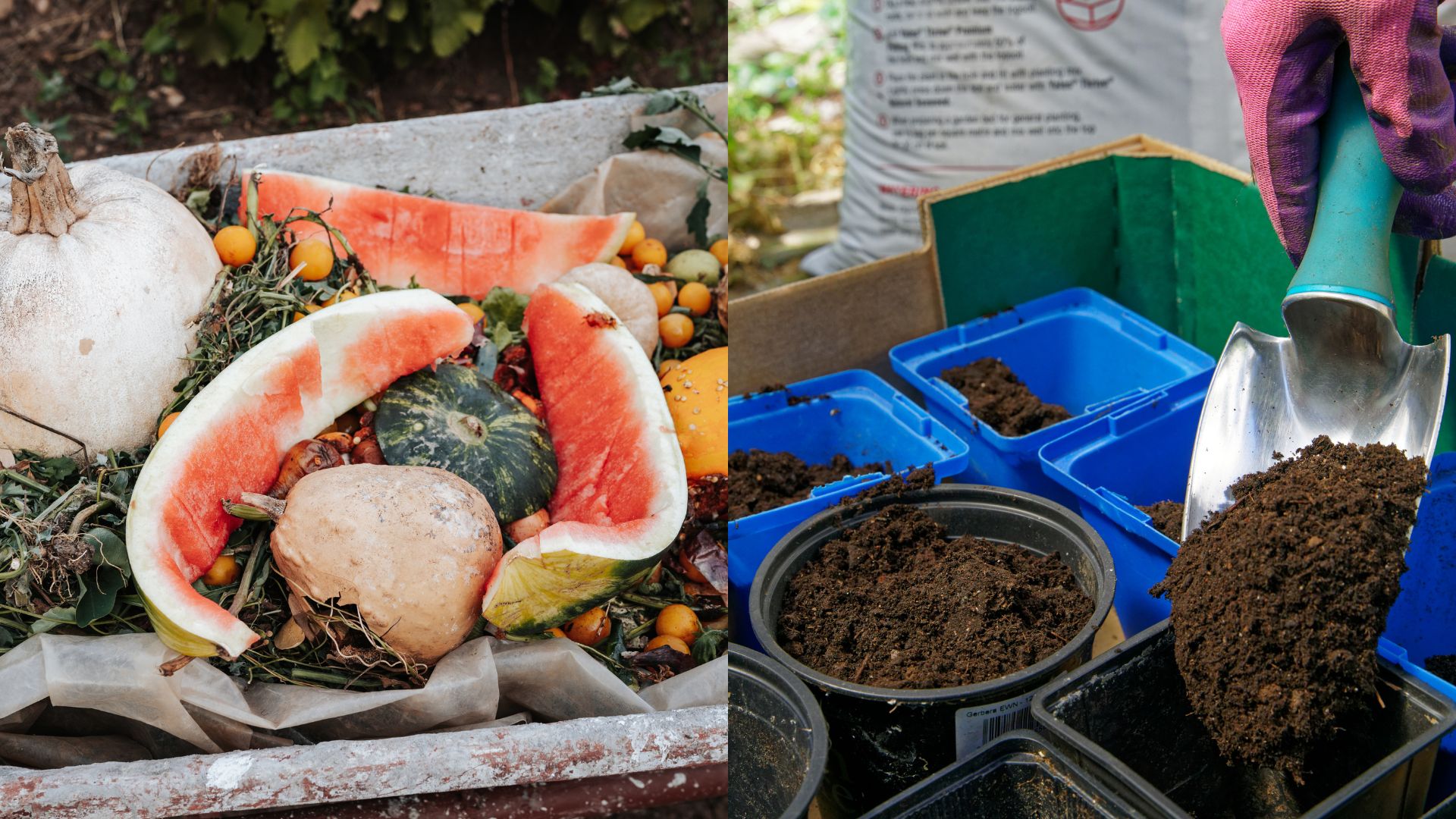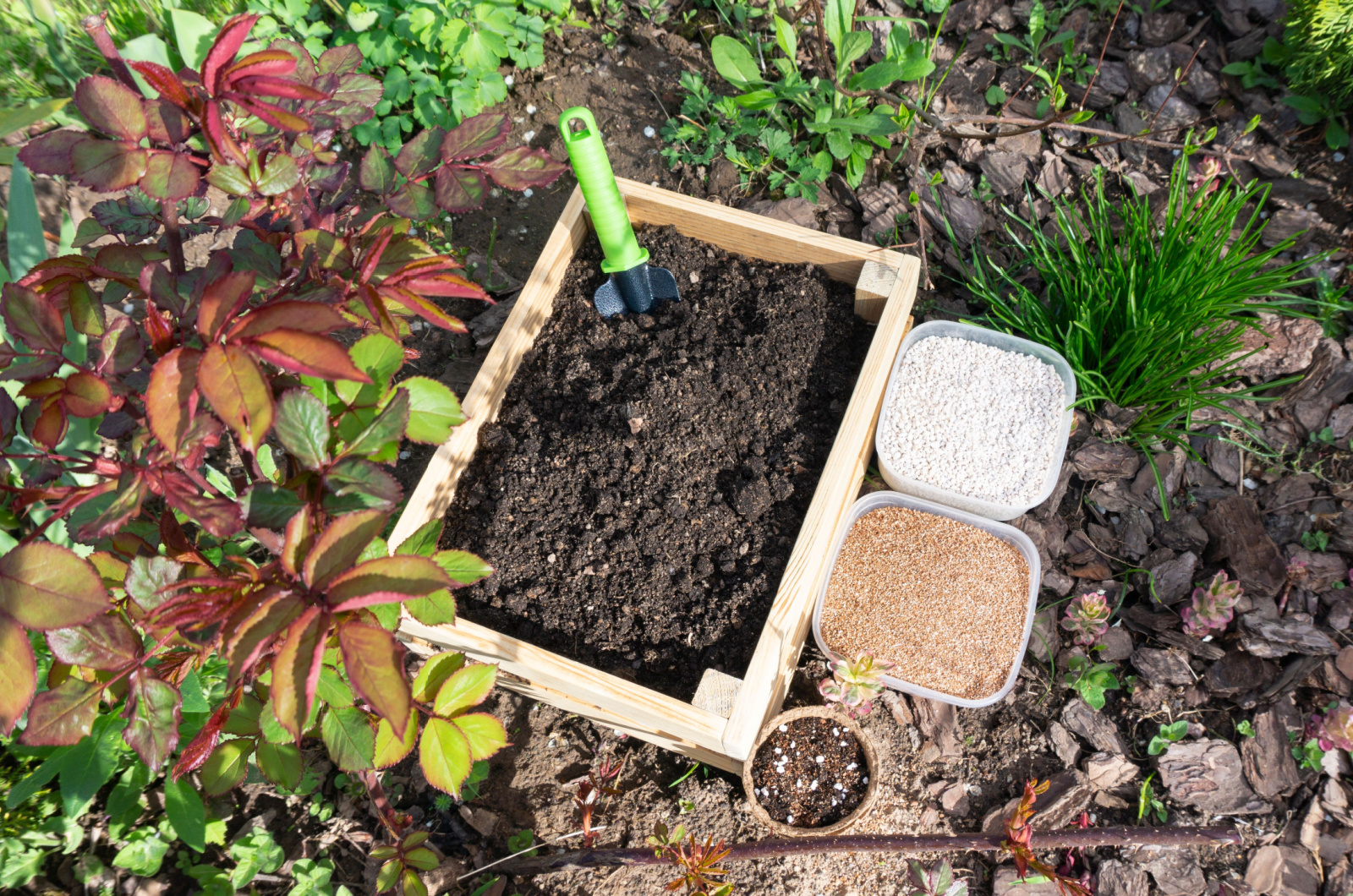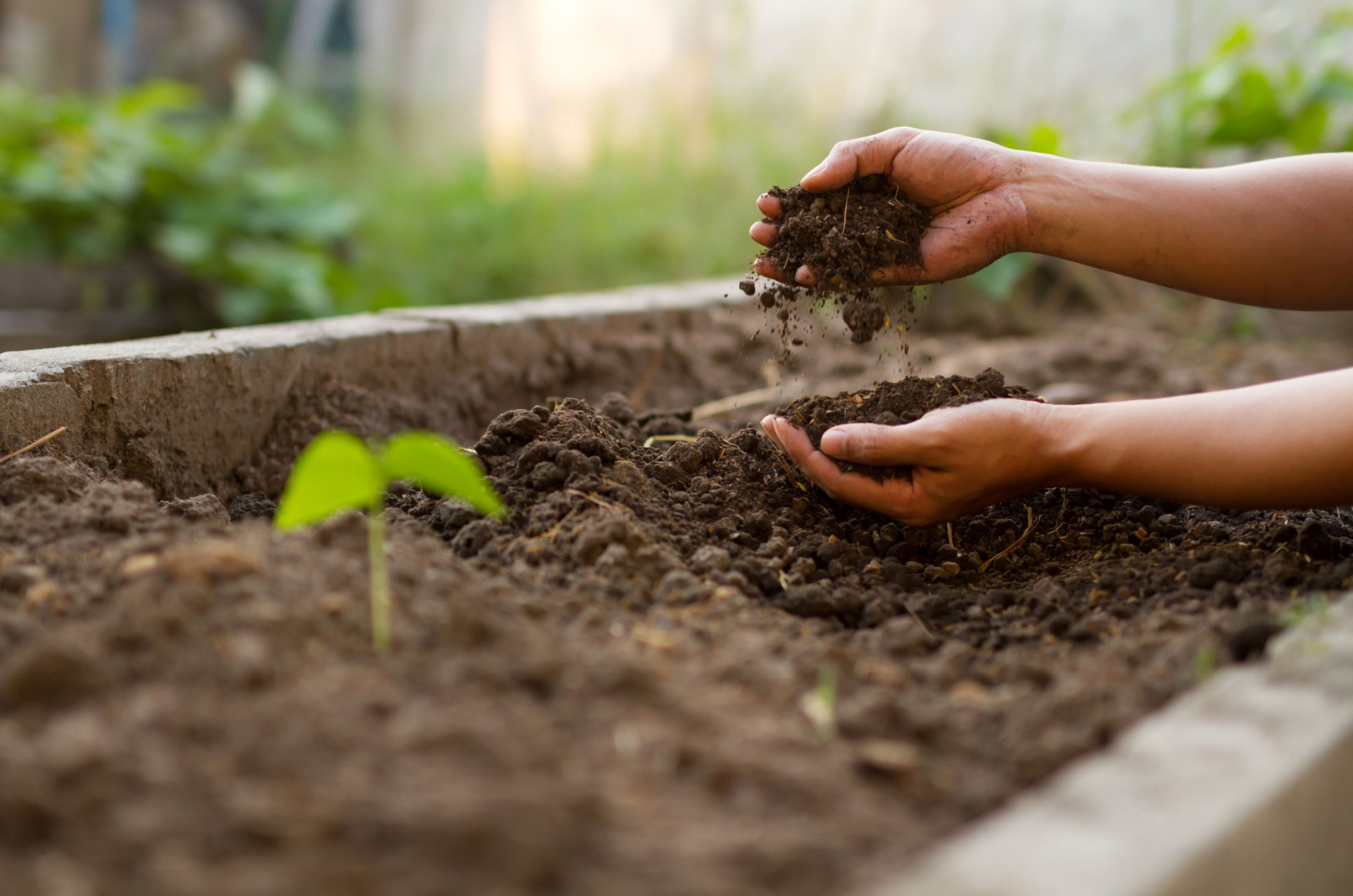Soil greatly affects the growth, health, and development of your plants and crops, which is why it is important to achieve a perfect ratio of sand, compost, and topsoil. This mixture will provide enough nutrients and proper drainage for your garden plants, but only if it’s made properly.
The key lies in finding that perfect balance between ingredients. However, it is also crucial to test your soil and find out what ingredients should be added in order to improve the soil.
Figuring out the ratio is just the beginning; with a little bit of adaptation and patience, you will be able to create the ideal soil that will secure your plants’ optimal health.
In this article, we are going to explain how much compost to add, so stay tuned!
How To Mix And Apply Compost
According to the Oregon State University, adding too much compost can lead to phosphorus and potassium leaching. Rain or irrigation may cause the nutrients to flow into surface and groundwater, which support algae growth and low oxygen levels.
Additionally, excessive compost can lead to robust vegetative growth, salt damage, and it may sometimes even lead to stunted plant growth. So, the key lies in balance.
Finding that perfect 1:1:1 ratio of topsoil, sand, and compost starts by gathering the required amounts of each ingredient according to your soil’s needs.
Use the same unit of measurement to measure equal amounts of compost, topsoil, and sand if you’re using a wheelbarrow, for instance. What you add to your compost is totally up to you.
If you are not sure, then check out these 95 things that you didn’t know you can compost. Just make sure not to compost any of these three weeds!
Now, this mixing part is simply done by spreading the components and mixing them with a shovel or garden fork until a uniform blend is formed. This thorough blending guarantees that your soil’s organic matter, nutrients, and drainage ingredients are dispersed equally.
Once you have made your compost, sand, and topsoil mixture, it’s time to add it to the garden. Generally speaking, the optimum time to enhance soil is in the spring or fall.
First, loosen up your current soil with a garden fork or tiller, and then add the mixture – this is done by applying a layer of the blend evenly over the planting area, usually about 2 or 3 inches deep.
Work the mixture into the soil 6 to 8 inches deep, letting it meld with the surrounding soil. Now, this improves nutrient availability and drainage, but also allows the plants to spread and penetrate their roots more deeply.
After you have applied the mixture, you should also add a layer of mulch to help with moisture retention and prevent weed growth.
Check your plants regularly to see if any changes to the mixture are needed in later seasons.
You will probably have to adjust the ratio a bit if your plants are not responding well to your compost, sand, and topsoil mixture. More information can be found in this home composting guide.
Since both compost and fertilizer work similarly to improve nutrient content in the soil, check out this article and learn which one is better to use: Compost vs Fertilizer: Differences, Benefits, And Drawbacks.



